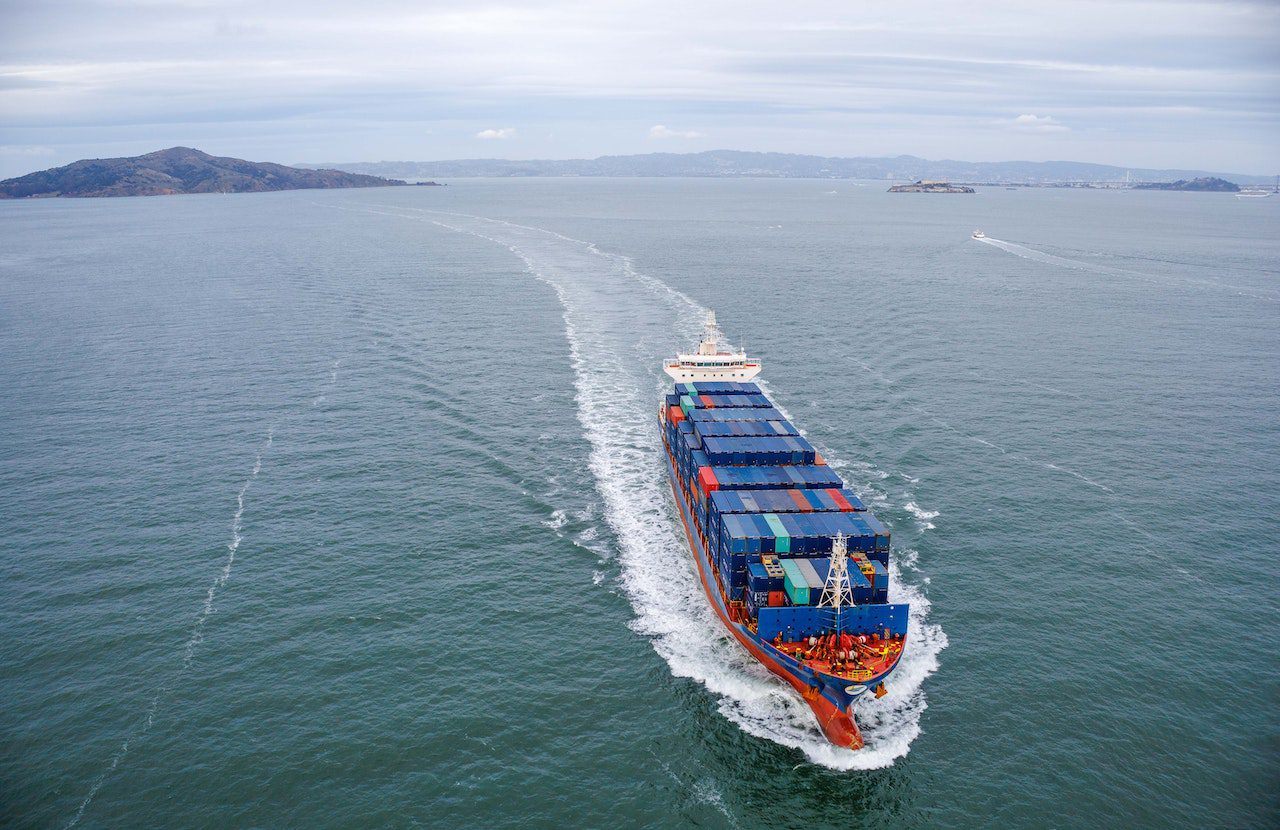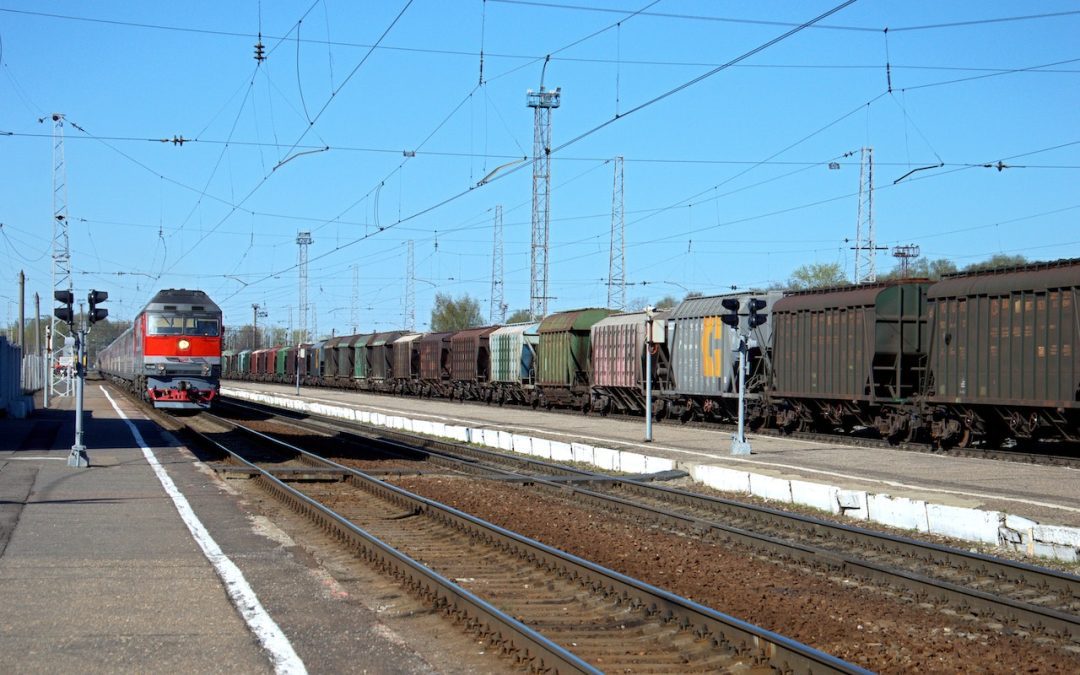We’re always looking to find the most efficient routes to move cargo.
Multimodal transport presents some appealing benefits – but what are they and are there any downsides?
We run through everything you need to know in this blog.
Understanding Multimodal Transport
The multimodal transport system is a way of moving goods that involves the use of multiple modes of transport to get cargo from its point of origin to its point of destination.
Air, sea, rail and road freight can all be utilised to optimise the journey and get the goods to their recipient efficiently and in good time. For example, a consignment may be transported by truck to an airport, then loaded onto a plane for the bulk of the journey, and then packed back onto a truck to get them to their final destination.
Standard shipping containers are commonly used to ship goods within a multimodal freight delivery because they are easy to stack and secure and move between vehicles, vessels, trains and aircraft.
The Pros Of Multimodal Transport
Multimodal transport is used for the majority of shipments, and here’s why it’s the go-to choice.
Flexibility
Multimodal transport provides flexibility for businesses, enabling them to be agile in response to customer needs and demands. It also provides scalability where single-mode transport doesn’t, meaning you can more easily grow with market conditions and efficiently manage your supply chain.
Efficiency
One of the key benefits of multimodal transport is that you can choose the most efficient modes of transport for every single part of the journey.
Depending on the nature of your goods, you can opt for the combination of freight modes that will best suit what you’re sending and get to the destination as fast as possible. This improves the customer experience as well as your reputation throughout your supply chain.
Cost Saving
It doesn’t always make monetary sense to use one type of freight. When you choose multimodal transport, you can pick and choose cheaper modes of transportation for different parts of the journey. For example, you might choose sea freight for non-perishables but involve trucks on either side of the ocean for a door-to-door delivery experience.
The Greener Choice
Optimising modes of transport, transit times and routes can significantly help businesses to make environmentally-informed choices and reduce their carbon footprint. And with an increasingly critical eye on the shipping sector’s impact on our planet, this is a crucial move for businesses wanting to thrive in the years to come.
Reliability
Choosing multimodal transport means you can rely on several modes of transportation rather than one single way of getting your goods to where they need to be. No more eggs in one basket.
Whether you’re dealing with road closures, port strikes or adverse weather, multimodal transport can help businesses in times of need and preserve their own reliability in the eyes of the customer, too.
Security And Control
Multimodal transport enables businesses to have better control over their operations by tracking shipments across the different modes of transport. It also means they can feel assured that high-value goods are safe due to increased safety measures and monitoring systems.
Keeping customers in the loop with consistent updates means businesses can look after their customer base, earn trust and respond to issues that arise efficiently.

The Cons Of Multimodal Transport
Multimodal provides so many benefits to businesses, but where there are advantages… There are disadvantages. It’s not all rosy.
Here are some considerations to take into account before you choose how to ship your goods.
Management
A route involving multiple modes of transport requires more time and effort to manage. It’s as simple as that. Coordinating schedules is a huge job; mismanagement can lead to significant delays and an unhappy supply chain.
Increased Admin
Multimodal transport also requires a ton more paperwork, and this can affect your bottom line. Scheduling, applications for particular regulatory necessities, and more can up the workload for admin staff, and this can ramp up business costs.
Regulatory Challenges
With more than one mode of transport to take into account, you’ll face an increased number of regulations and laws due to different countries’ rules surrounding transportation modes. This adds time and stress to the logistics of organising multimodal freight.
Risk
Moving cargo from one mode of transport to another several times in a journey increases the risk of damage due to handling. There are also more points during the time in transit that your cargo can get lost.
Is Multimodal Transport Right For You?
You might combine road and sea to ensure your goods are transported door-to-door or use rail and sea to reduce your carbon footprint. No matter the combination, multimodal allows businesses to remain agile in response to customer needs and market demand, and this means it’s a highly favourable option for shippers worldwide.
Multimodal transport is more complicated, it’s true. But the benefits are vast.
Worried about admin, communication and coordination? Use a reputable freight forwarder that manages it all for you. Sit back and relax. Contact Millennium today to see how we can help you streamline your multimodal shipments.

